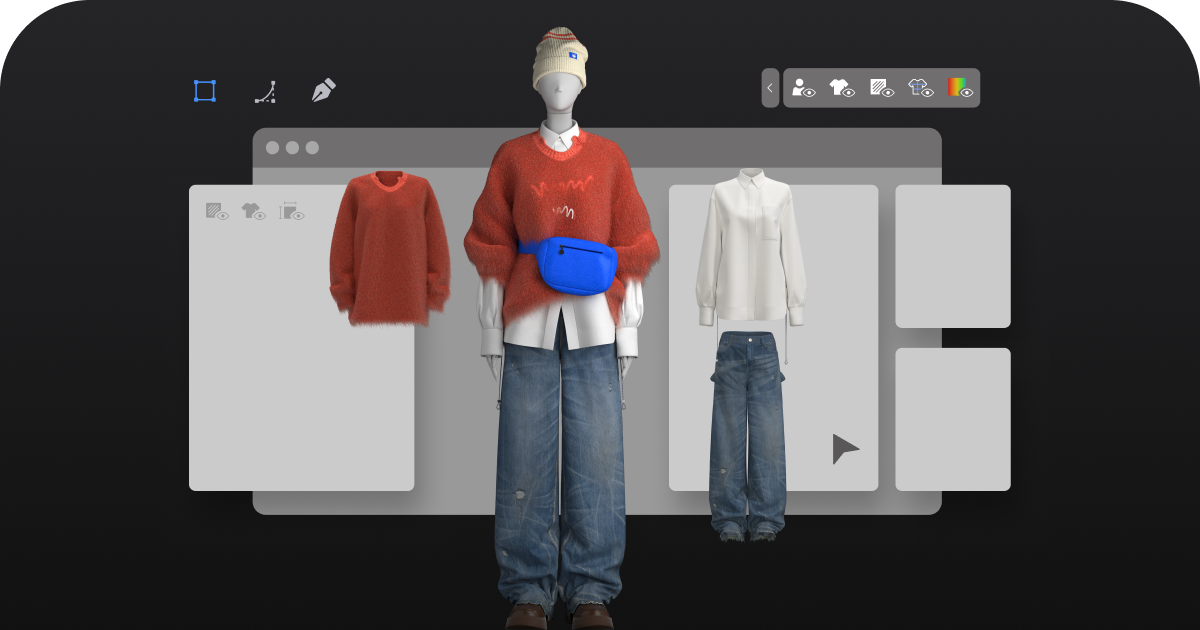
Keyword: apparel design software
# Apparel Design Software: Revolutionizing Fashion Creation
## The Evolution of Fashion Design Tools
The fashion industry has undergone a dramatic transformation with the advent of apparel design software. Gone are the days when designers relied solely on pencil sketches and physical prototypes. Today, digital tools have become indispensable in every stage of the design process, from initial concept to final production.
Modern apparel design software offers capabilities that were unimaginable just a decade ago. These powerful tools enable designers to create, modify, and visualize garments with unprecedented speed and accuracy, fundamentally changing how fashion comes to life.
## Key Features of Advanced Apparel Design Software
### 1. 3D Garment Visualization
Contemporary design platforms allow for realistic 3D rendering of garments, complete with fabric drape and movement simulation. This capability enables designers to see how their creations will look and behave before any physical prototype is made.
### 2. Pattern Making and Grading
Digital pattern making tools have revolutionized this traditionally time-consuming process. Designers can now create, adjust, and grade patterns with mathematical precision, significantly reducing material waste and production time.
### 3. Fabric Simulation
Advanced software can simulate how different fabrics will drape, fold, and move on a virtual model. This feature helps designers make informed decisions about material selection early in the design process.
## Benefits for Fashion Professionals
The adoption of apparel design software brings numerous advantages to fashion businesses:
– Reduced development costs by minimizing physical prototypes
– Faster time-to-market through streamlined workflows
– Improved accuracy in pattern making and sizing
– Enhanced collaboration between design teams
– Sustainable practices through reduced material waste
## Integration with Production Processes
Leading apparel design solutions seamlessly connect with cutting machines and other production equipment. This integration creates a digital thread from initial concept to final product, ensuring design integrity throughout manufacturing.
Many platforms also offer cloud-based collaboration features, allowing teams across different locations to work on the same project simultaneously, further accelerating the design-to-production timeline.
## The Future of Fashion Design Technology
As artificial intelligence and machine learning continue to advance, we can expect apparel design software to become even more intuitive and powerful. Future developments may include:
– AI-assisted design suggestions based on current trends
– Automated fit prediction for different body types
– Virtual reality design environments
– Enhanced sustainability analytics
These innovations promise to further democratize fashion design while maintaining the creative essence that makes the industry so vibrant.
## Choosing the Right Apparel Design Software
When selecting design software, fashion professionals should consider:
– Specific needs of their design process
– Compatibility with existing systems
– Learning curve and training requirements
– Scalability for future growth
– Technical support and community resources
The right tool can significantly enhance creativity while improving efficiency, making it a worthwhile investment for any fashion business looking to stay competitive in today’s fast-paced market.